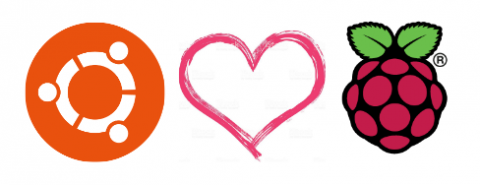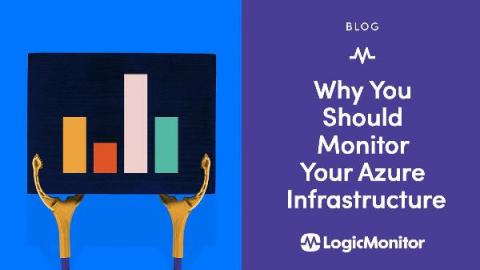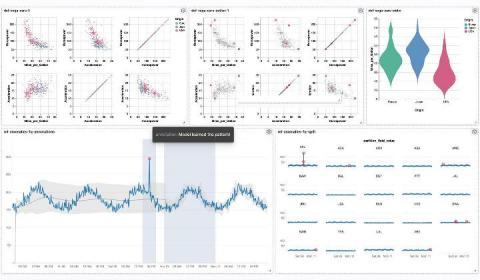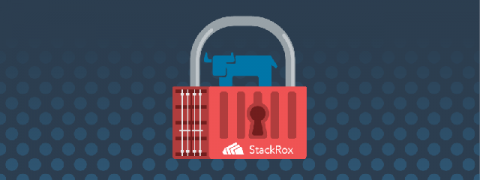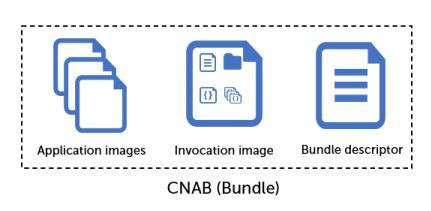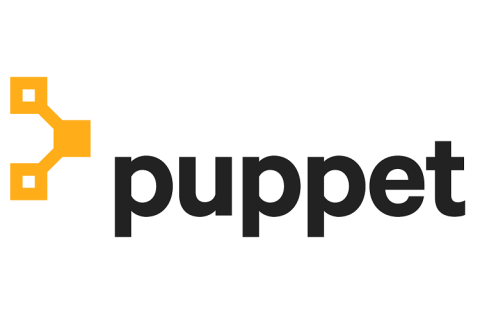Raspberry Pi and Ubuntu: 2020 roundup
We’re almost there, 2021 is just around the corner. Like many others, we at Canonical have a deep appreciation for all things Raspberry Pi. We see the good they do and the joy they bring and can’t help but be impressed. This year marks the beginning of a stronger collaboration between the folks at Raspberry Pi and us at Canonical. We are by no means done and still have a long way to go. But we have made strides in the right direction.


